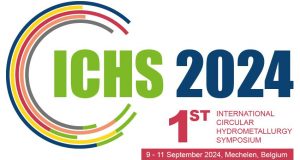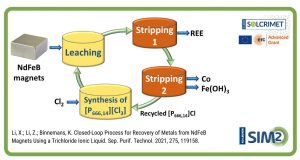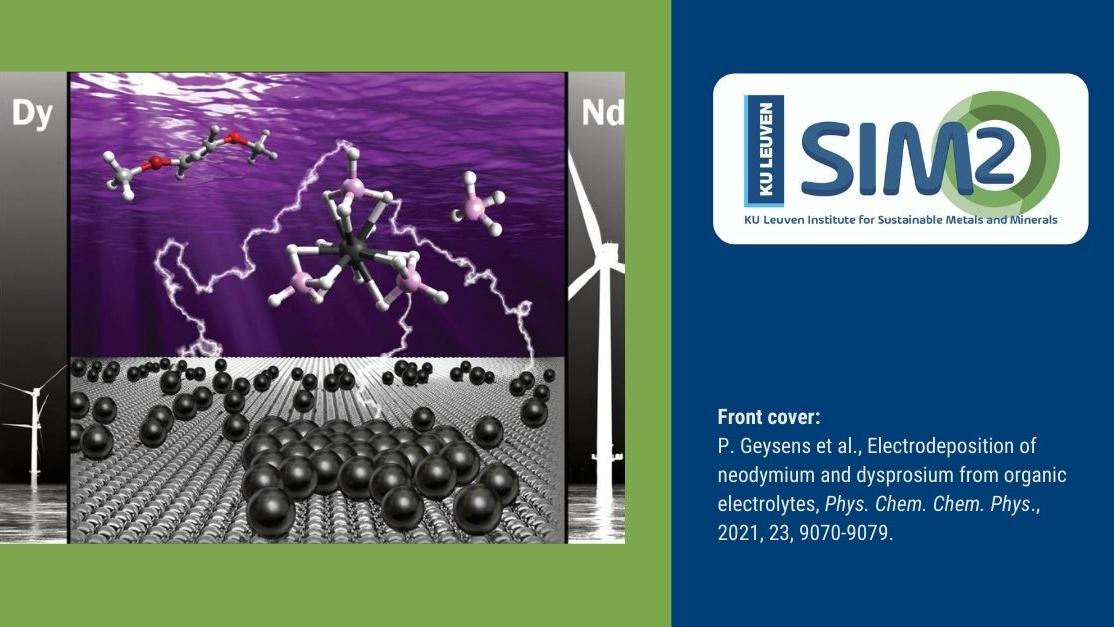The EU MSCA – ETN CHARMING team is happy to present the first introductory video about their research, in which the researcher Sofia Garcia Fracaro (Merck KGaA – KU Leuven) guides the viewer through the diverse chemical learning-related environments that the project is focusing on.
The CHARMING project is divided in three Work Packages that aim to motivate, teach and train with immersive technologies to three main age groups that daily interact with chemical content: children in primary and early secondary school (age 8-14), students in secondary school and university (age 15-23) and employees with lifelong learning and career development (age 23+). The storyboard of the video, created as a collaboration of Storyrunner and CHARMING researchers, includes different locations where the learning of chemistry and chemical engineering is the common element, such as a primary school classroom, a university laboratory, and an industrial plant.
During the Second CHARMING Network-Wide Event, the CHARMING researchers and the Storyrunner camera crew shot the video in the installations of KU Leuven and Heilig Hart Heverlee Elementary School. The film includes interesting animation that helps explaining how Virtual and Augmented Reality, as examples of immersive technologies, can be applied to the training in chemistry and chemical engineering content. The video does a great job showing that immersive technologies can help the user, no matter the age, to understand difficult concepts, to stay motivated in the learning process, and to find their passion for the chemical world.
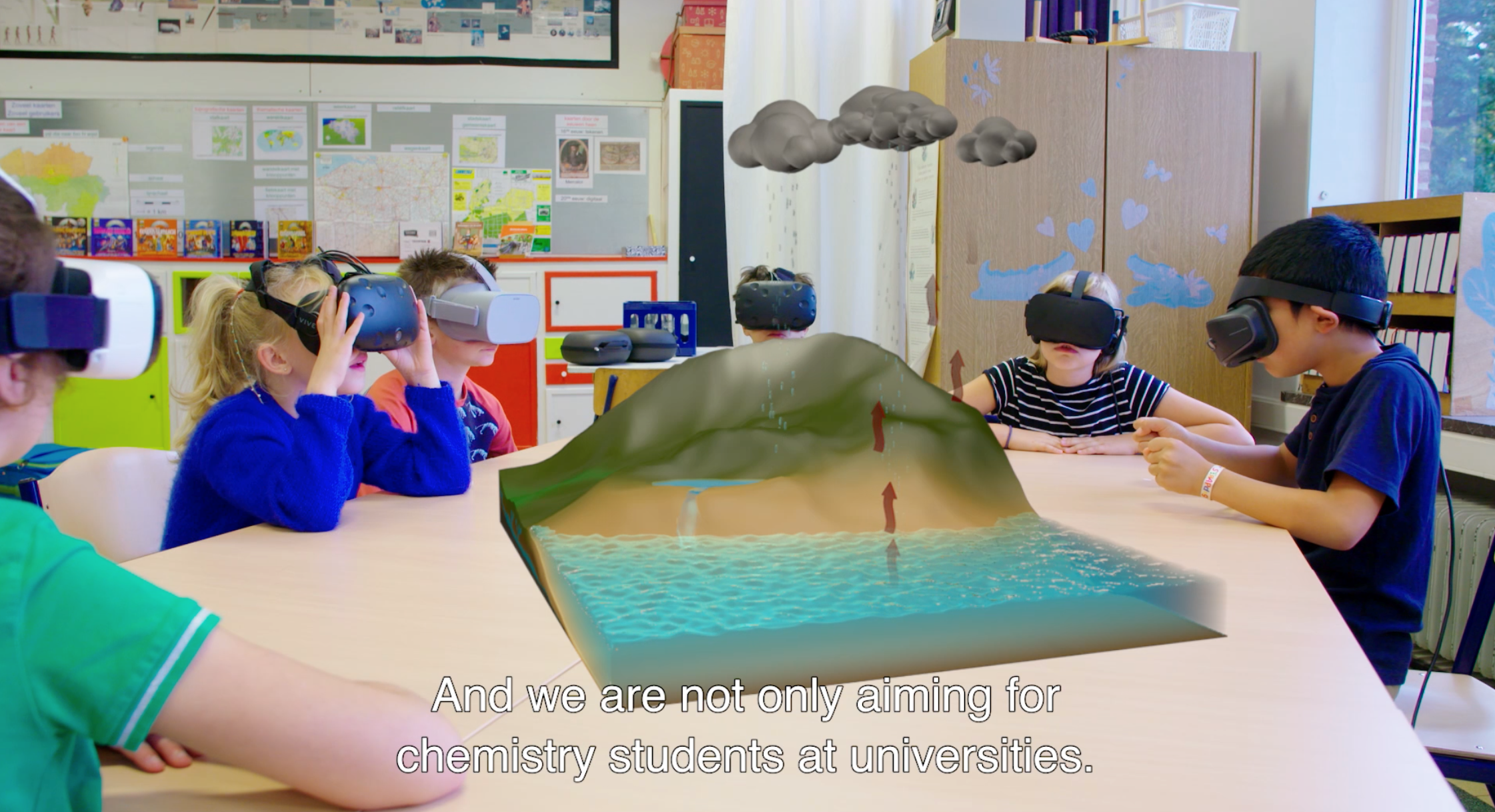
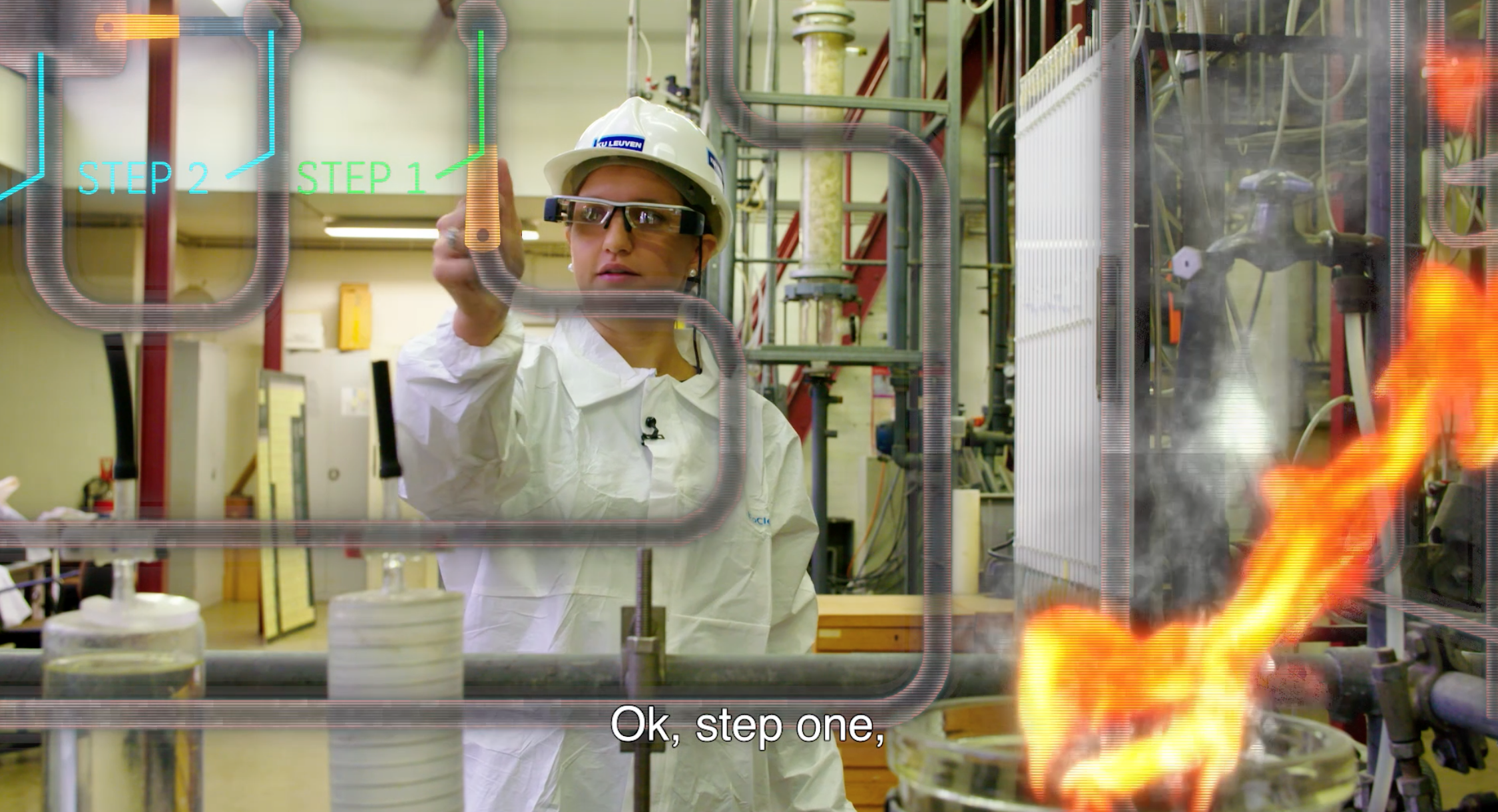

 European Training Network for the Design and Recycling of Rare-Earth Permanent Magnet Motors and Generators in Hybrid and Full Electric Vehicles (DEMETER)
European Training Network for the Design and Recycling of Rare-Earth Permanent Magnet Motors and Generators in Hybrid and Full Electric Vehicles (DEMETER)
